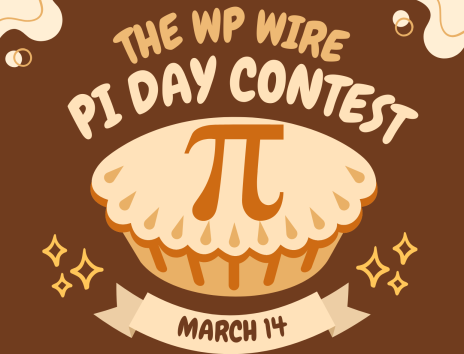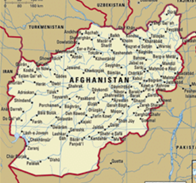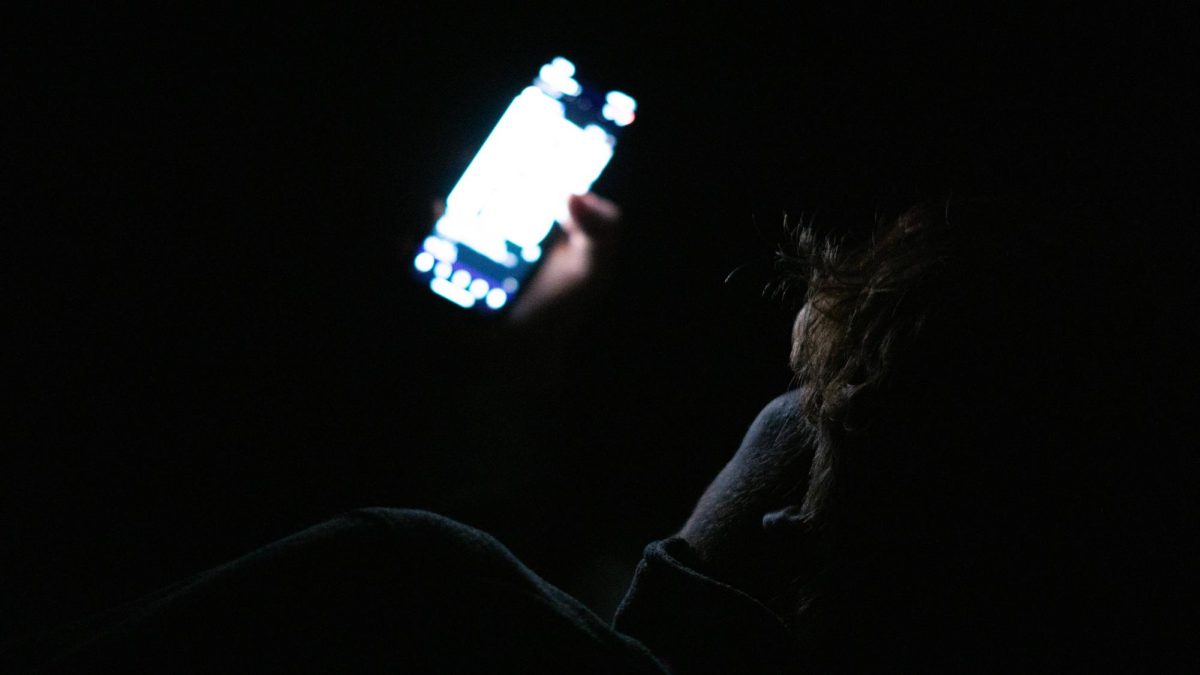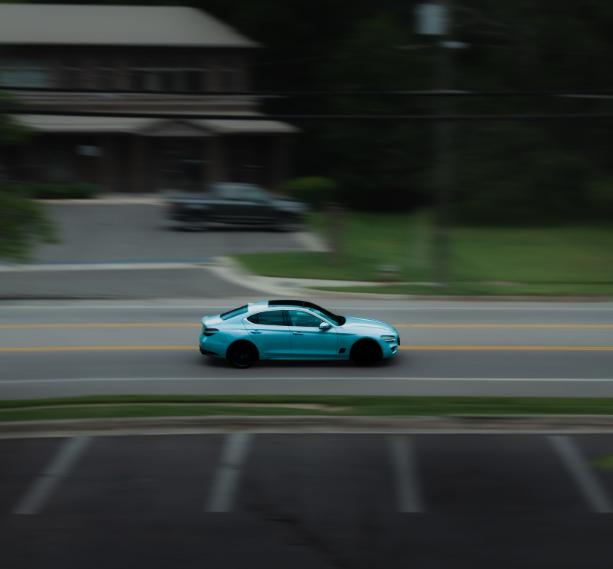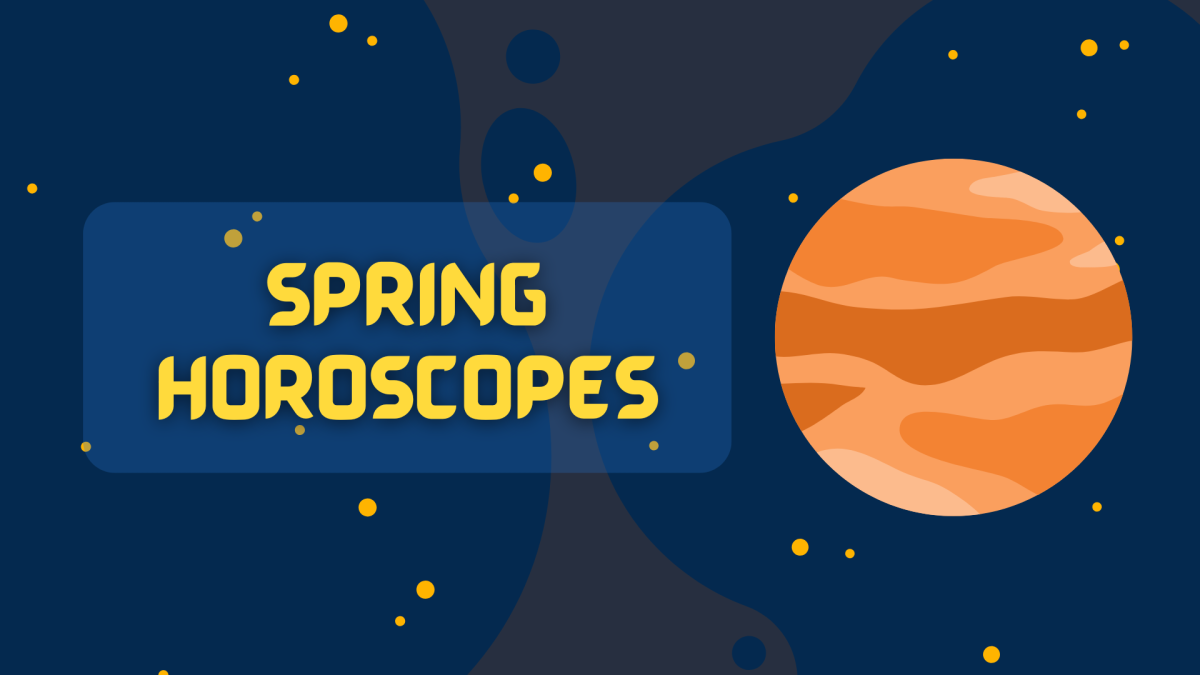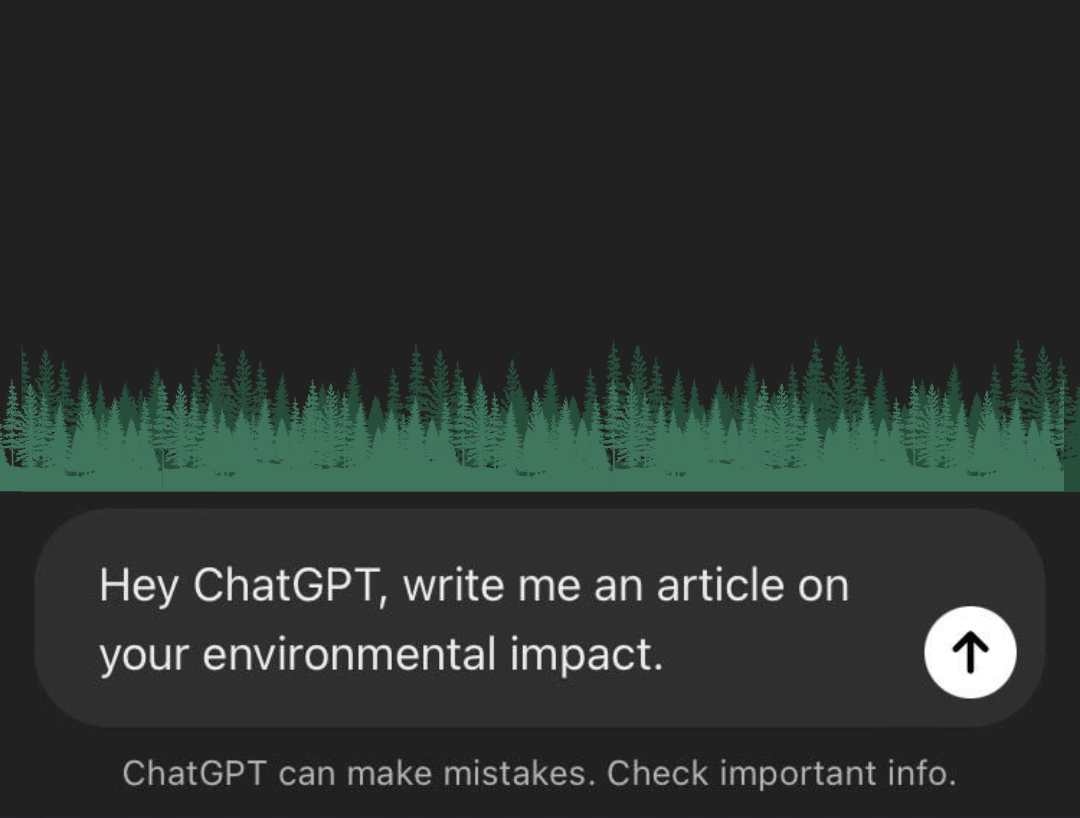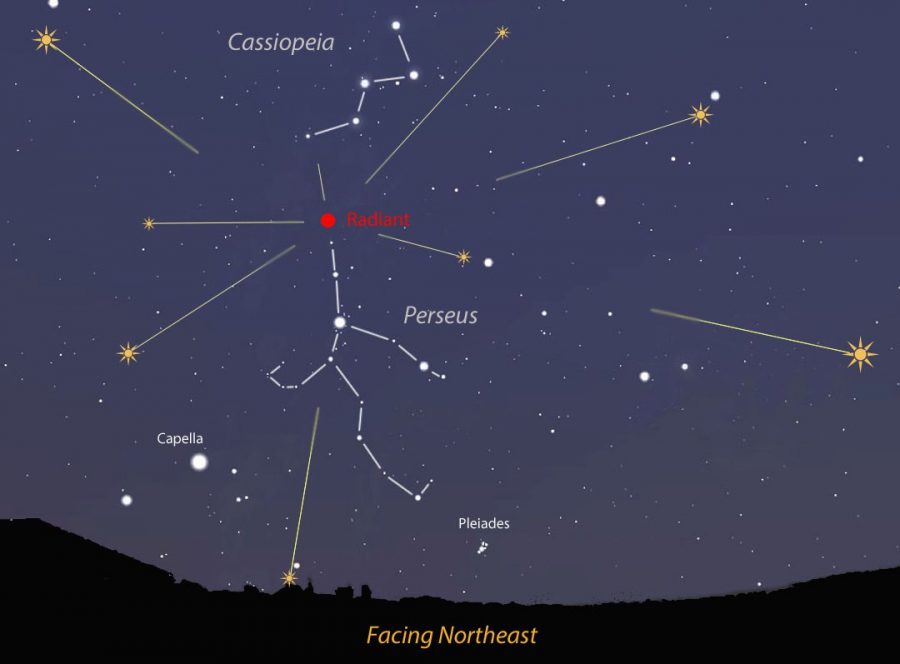Students Watch Annual Perseids Shower Outburst
The sky lit up with hundreds of meteors last week.
This year the Perseids, an annual meteor shower peaked August 11th into August 12th, doubled in what scientists call an “outburst”. The last outburst occurred 7 years ago, in 2009. Now, the gravitational pull of Jupiter and other planets has charged the meteors, causing for close approach to Earth. While the typical Perseid peak is about 100 meteors per hour, outburst peaks usually result in about 200. According to NASA, the next Perseid outburst isn’t expected until around 2027.
Some students decided to stay up and watch the shower.
“I expected there to be lots of meteors,” said 2016 graduate Jason Vargas. “Even though there weren’t [as many as I expected], the ones I saw were really nice to look at.”
Vargas stayed up past midnight to watch the show.
“[When going to see a meteor shower,] make sure to find a nice spot to look at them, a place with a clear sky,” Vargas suggested. “[You should] also so try to get away from lights or trees and bring a blanket and pillows to lie down on.”
He also suggested staying up late after the moon sets to get the best view of the meteors.
“Prepare to stay up very late too [12 – 2 AM]. with the moon already set, it’s nice to see a dark and starry sky.”
Even though there will not be another Perseid outburst until 2027, you can still see the Perseids annually and enjoy other meteor showers that occur throughout the year. For more information on the timings of other annual showers, click here.















